Walking into the German Historical Museum (Deutsches Historisches Museum) in Berlin, I realized right away this wasn’t going to be just another museum stop. Each room pulled me deeper into Germany’s tangled past, revealing not just the headline events but the quieter stories that shaped a country smack in the middle of Europe.
This museum covers centuries of German history, so honestly, you’ll want to plan extra time if you hope to take it all in.
I felt genuinely surprised by how the museum brings history to life with artifacts, immersive exhibitions, and displays that spark curiosity. The space sprawls between the old Zeughaus and the sleek, modern Pei Building, and each era gets its own mood.
Seeing how Germany’s story links to Europe and the wider world made every gallery feel worth wandering through. If you’re even a little bit interested in German history, give yourself the time to look closely and let the exhibits draw you in.
There’s something here for anyone who wants to understand where Germany’s been—and maybe where it’s heading.
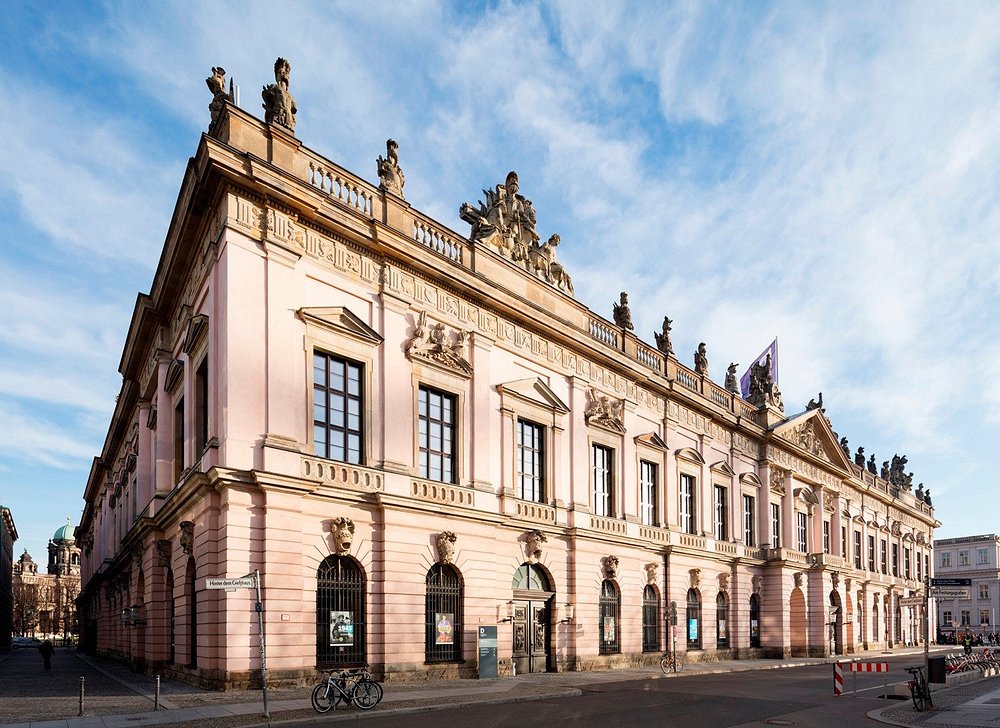
Overview of the German Historical Museum
The Deutsches Historisches Museum sits in the heart of Berlin and dives into Germany’s long, complicated past. Its collections span centuries, and the mix of old and new architecture gives each visit a different flavor.
Founding and Mission
The German Historical Museum (DHM) opened in 1987, just as Berlin celebrated its 750th birthday. The German government wanted a central place for national history, somewhere people could actually talk about the past.
The museum collects, preserves, and shows off items that explain Germany’s political, social, and cultural shifts. There’s a strong focus on helping regular people understand not just the big events, but also everyday life through the ages.
It also serves as a research hub. A specialized library holds more than 225,000 volumes. Public programs, talks, and rotating exhibitions keep things fresh and help visitors connect the dots between different parts of the German story.

Zeughaus: The Historic Baroque Building
The Zeughaus is the museum’s oldest building, standing right on Unter den Linden. Built starting way back in 1695, it’s the most important Baroque building left in Berlin.
Four architects—Johann Arnold Nering, Martin Grünberg, Andreas Schlüter, and Jean de Bodt—left their mark on its grand design. For centuries, the Zeughaus acted as an arsenal and later a military museum.
Now, the DHM owns it, and renovations are underway to bring back its detailed interiors and classic features. When open, the Zeughaus houses the main permanent exhibition on German history.
Its historic setting gives a unique atmosphere and context to everything on display.
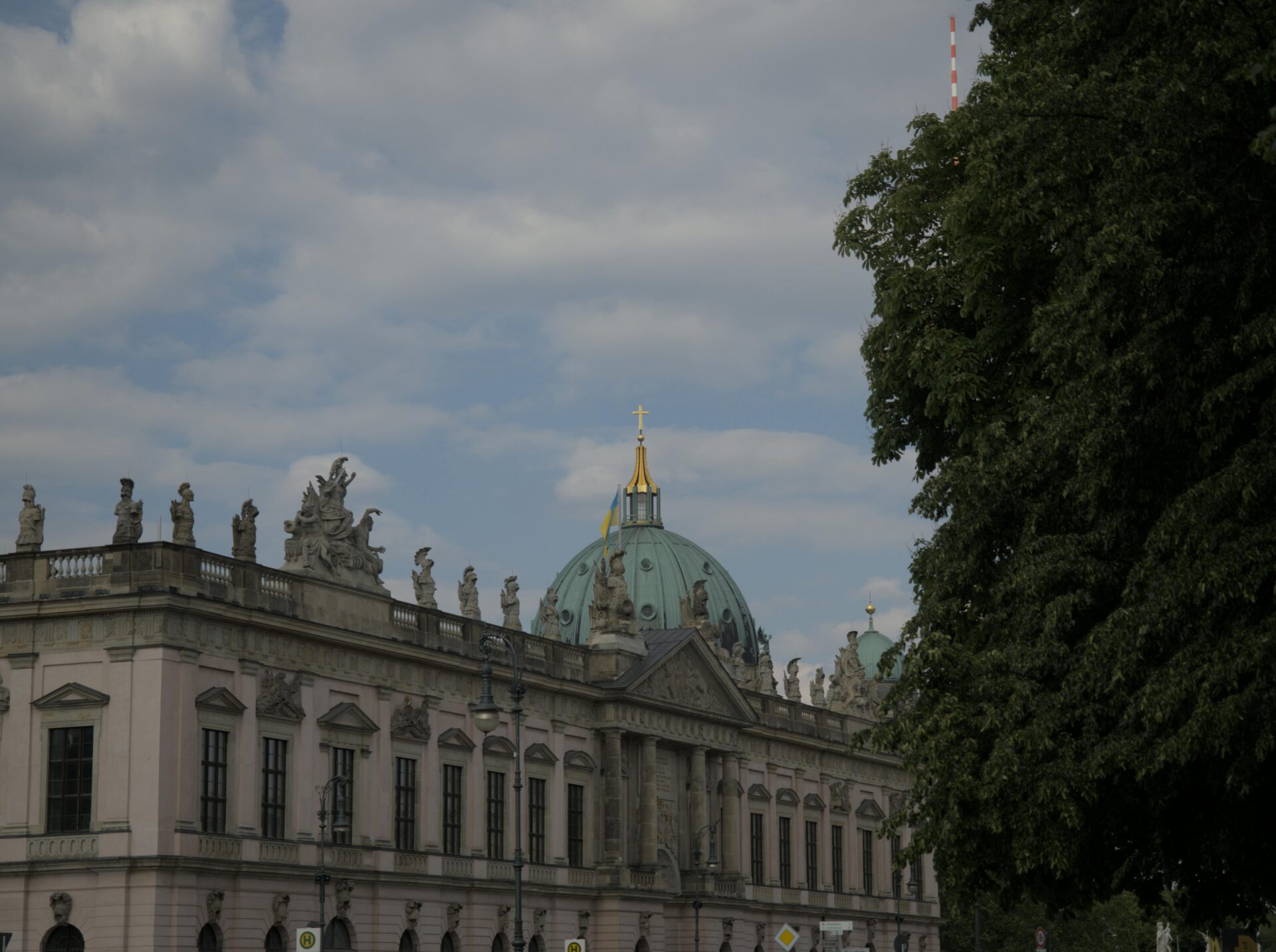
Pei Building and Exhibition Hall
Right next to the Zeughaus, you’ll spot the Pei Building (or Pei-Bau). This striking glass-and-steel structure, designed by I.M. Pei, opened in 2003.
Its modern style really pops against the Baroque Zeughaus. The Pei Building hosts special exhibitions that zoom in on important events, turning points, and stories you might not have heard before.
Its open layout and clean lines make for flexible display spaces that feel fresh. The mix of history and innovation between the Zeughaus and Pei Building sets the Deutsches Historisches Museum apart, offering a thoughtful journey through the past in two very different, but connected, worlds.
Exploring the Permanent Exhibition: Germany Through the Centuries
Wandering through the permanent exhibition at the German Historical Museum, I found myself face-to-face with real objects and stories that shaped Germany’s past. Artifacts, old documents, and detailed exhibits brought complex history into sharp focus.

Middle Ages and the 18th Century
In the Middle Ages section, I stumbled on religious relics, medieval weapons, and intricate manuscripts. These artifacts told the story of the Holy Roman Empire and how it pulled together different regions under shifting rulers and traditions.
The displays moved into the 16th and 17th centuries, highlighting the Reformation, Martin Luther, and the Thirty Years’ War. I found maps and portraits that showed just how much faith, politics, and daily life changed.
The 18th century brought the Enlightenment, new social ideas, and the rise of Prussian influence. Scientific instruments and royal decrees made it obvious how new thinking started to shape laws and education across German-speaking lands.
Prussia and the German Empire
The Prussia and German Empire section dove into the road to German unification in the 19th century. I spotted military uniforms, Bismarck memorabilia, and original documents from the formation of the German Empire in 1871.
A timeline covered the wars against Austria and France, industrialization, and the growth of big cities. Exhibits explained how Prussian values like discipline and order shaped both government and everyday life.
Personal letters and photographs gave a glimpse into how regular people lived in a country changing at breakneck speed. The section didn’t shy away from the tough stuff—social tensions, class struggles, and rising nationalism all hinted at what was coming.
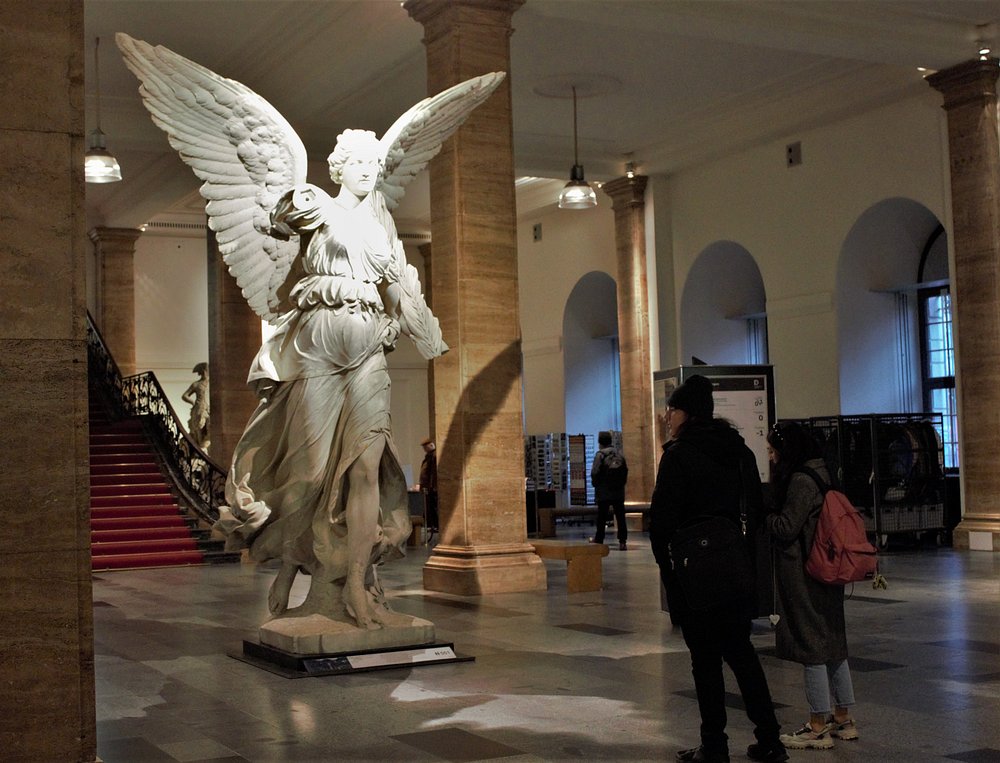
Weimar Republic and National Socialism
The museum’s section on the Weimar Republic (1919–1933) spotlights the democratic hopes after World War I. I saw bold posters from new political parties, newspaper headlines, and household items from the “Golden Twenties.”
Artifacts explained hyperinflation, social unrest, and the rush of new art and ideas. The rise of National Socialism showed up in propaganda, uniforms, and laws that targeted Jews and political opponents.
A list of major laws, including the Nuremberg Laws, revealed how society changed under Nazi rule. Photographs and video clips documented the persecution, violence, and war from 1933 to 1945.
The museum included testimonies that made the tragedy and loss of this period hit hard.
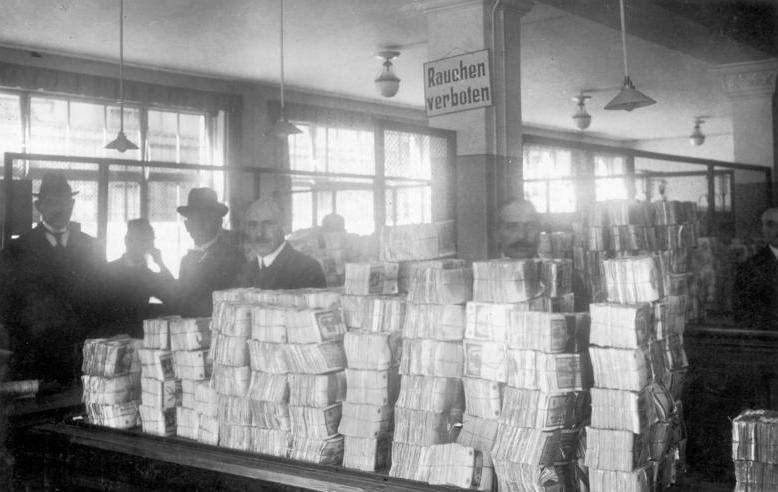
Postwar Era, Division of Germany, and Reunification
After World War II, Germany split into East and West. The exhibition uses everyday objects, posters, and currency to show the contrast between life in the Federal Republic (West Germany) and the German Democratic Republic (East Germany).
A table compared daily goods—Trabant cars or Volkswagen Beetles, Stasi surveillance tools against West German media. The museum laid out key dates on a timeline of major events:
| Year | West Germany (FRG) | East Germany (GDR) |
|---|---|---|
| 1949 | Founding of FRG | Founding of GDR |
| 1961 | Economic Miracle | Berlin Wall constructed |
| 1989 | Peaceful Revolution | Wall falls, reunification |
Artifacts and media from 1989–1990 explored the fall of the Berlin Wall and the bumpy road to reunification. I could see how everyday people joined protests and how the “roads not taken” shaped the future.
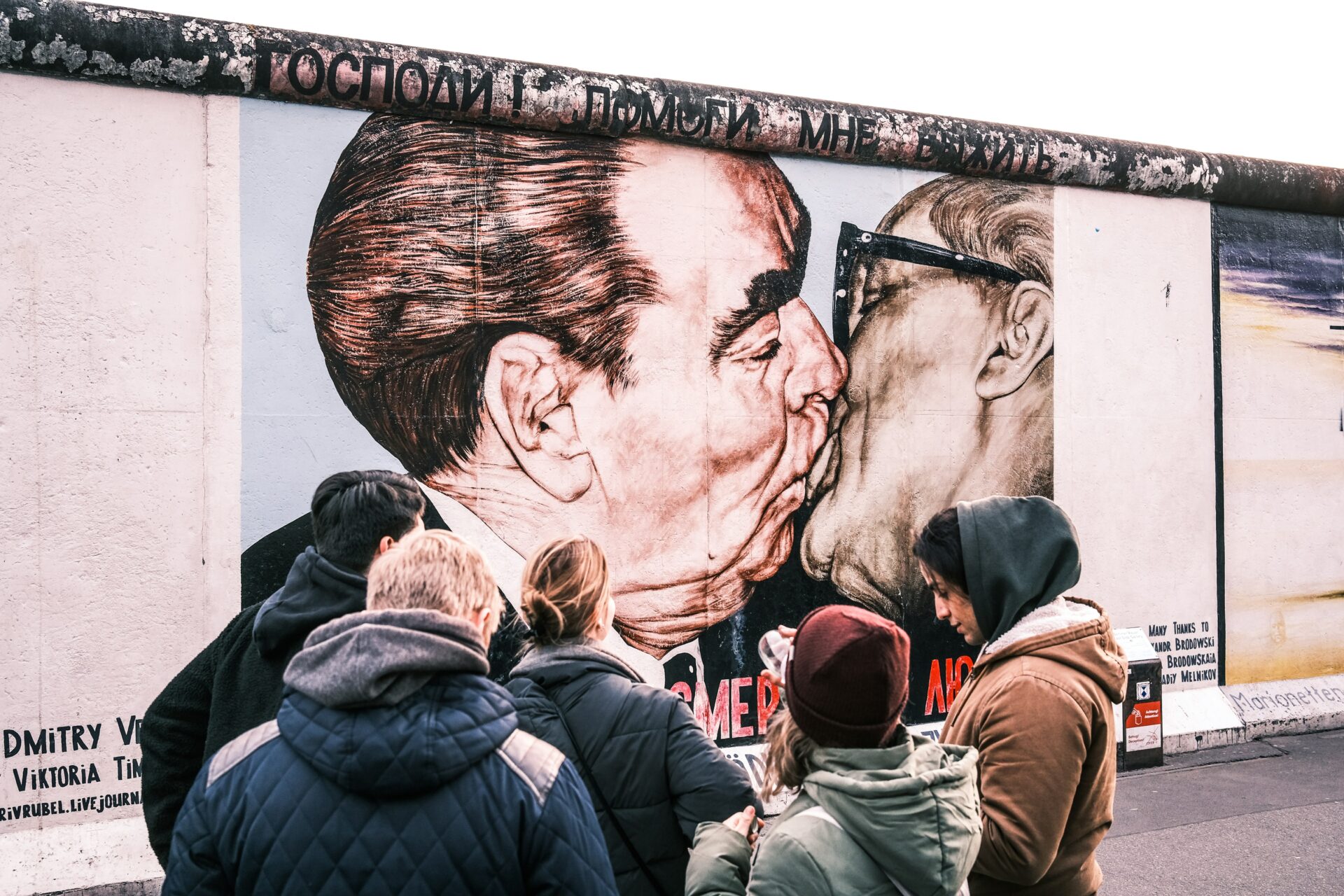
Temporary Exhibitions and Special Installations
The Deutsches Historisches Museum regularly puts on temporary exhibitions in the Pei Building. These displays let me dig into new topics, see rare objects, and get fresh angles on Germany’s history.
Changing Themes and International Perspectives
During my visit, I noticed each temporary exhibition brings a new theme, often connecting Germany’s story to bigger European events. Some focus on political change, social movements, or culture.
The museum often collaborates with other countries, bringing in objects on loan from museums across Europe. This cross-border approach adds depth and different voices.
I appreciated the use of multimedia, photos, documents, and personal stories. Temporary exhibitions sometimes include interactive stations or workshops, which make the experience stick—especially for families or curious kids.
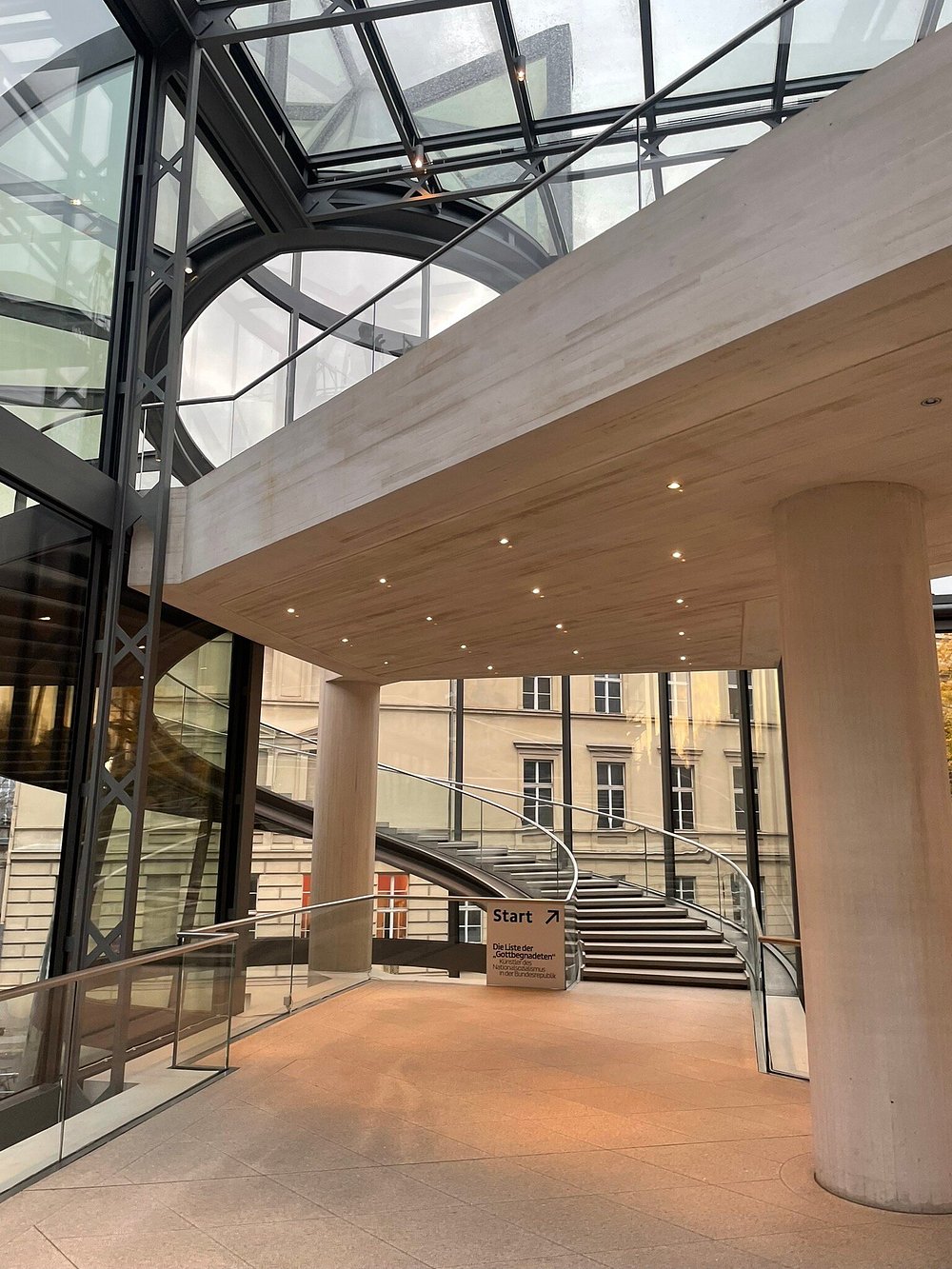
Significant Recent Exhibitions
The “Roads Not Taken” exhibition especially grabbed my attention. It ran in the Pei Building and focused on key moments in German history when a different decision could have changed everything.
The show used original documents, photos, and objects to bring these what-ifs to life. Other notable exhibitions looked at the fall of the Berlin Wall, daily life in divided Germany, and migration in Europe.
Each show included unique historical pieces—letters, artwork, newspapers, and personal items—making major events feel personal. I also liked that tickets for the Pei Building’s temporary exhibitions included access to all current displays, so it was easy to see a wide range of topics in one go.
The variety in these special installations made my time at the museum especially memorable.
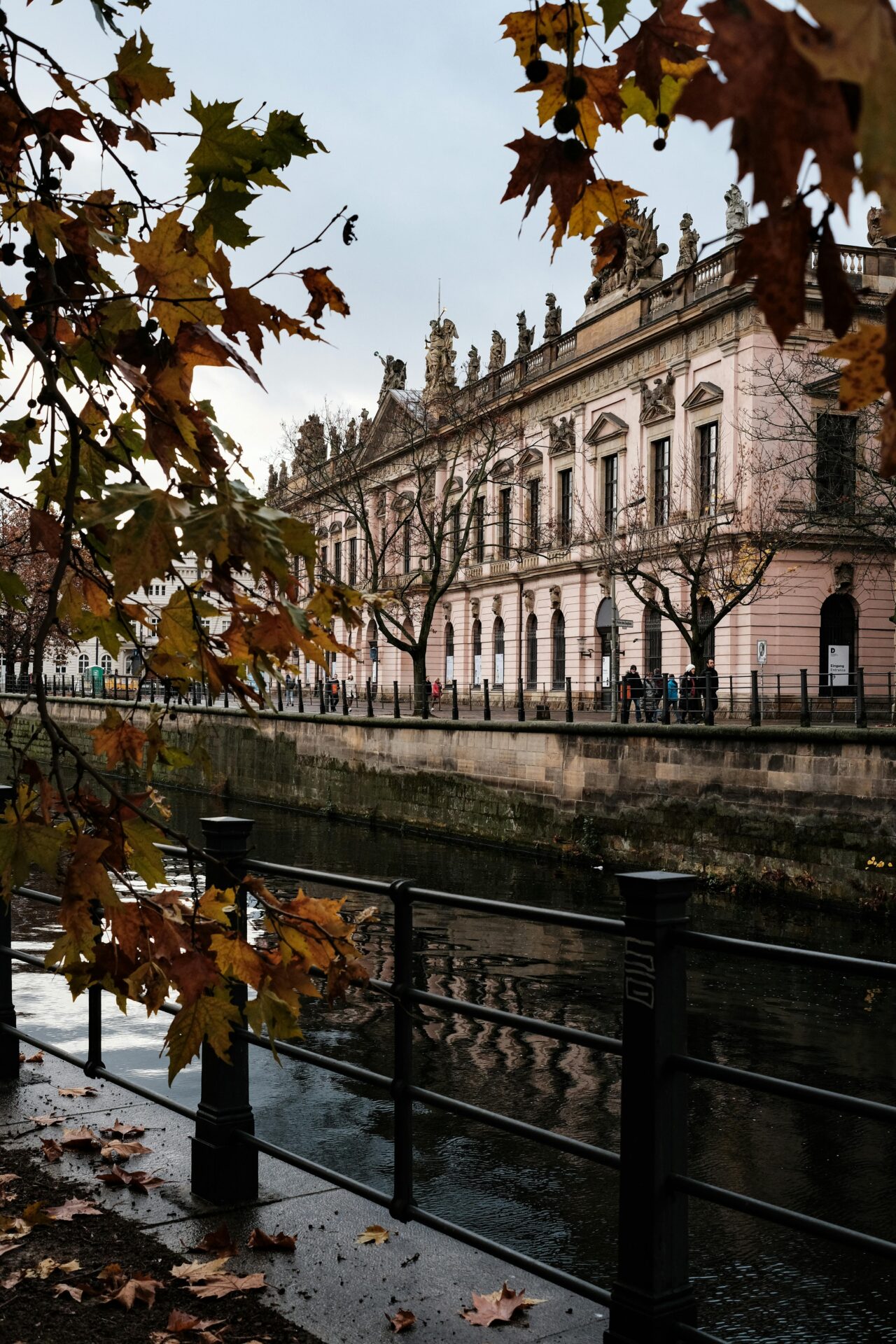
Visitor Experience and Accessibility
During my visit, I found tons of ways to explore the exhibitions, and I noticed the museum takes accessibility seriously. Their approach lets visitors from all backgrounds and with different needs get the most out of their time.
Guided Tours and Educational Programs
I spotted several options for guided tours in both German and English. The guides brought the exhibits to life with stories and context.
For a more focused experience, there are themed tours on specific eras and topics. Educational programs are impressive—workshops, lectures, and events for school classes, families, and history buffs.
The LeMO (Lebendiges Museum Online) digital platform lets you prep before your visit or dig deeper afterward. Workshops and multimedia clips make history approachable and even fun.
If you’re into film, Zeughauskino—the museum’s on-site theater—shows movies and documentaries, often linked to special exhibits.

Accessibility and Facilities
The museum received an Accessibility Confirmed certificate from Reisen für Alle back in 2017. Ramps, elevators, and accessible restrooms are available for anyone with mobility needs.
Staff members know how to help guests and make the visit comfortable. Assistance dogs are welcome, and signs and displays are clear, with tactile and audio guides for many exhibitions.
The Pei building is open, but the historic Zeughaus and main permanent exhibition are under renovation. Opening hours usually run from 10:00 am to 6:00 pm, but definitely check ahead—hours can change.
Everything’s set up so everyone can learn and explore German history, no matter their needs.

Location, Transport, and Planning Your Visit
Visiting the German Historical Museum in Berlin means heading right to the city’s heart and soaking up nearby landmarks. I made sure to plan my route, check the best transport options, and see what else was nearby to make the most of my day.
Directions and Public Transport
You’ll find the museum at Unter den Linden 2, smack in Berlin’s historic center. The main entrance is through the Pei Building, just a short walk from the Spreebogen bend of the Spree River.
Getting there by public transport is a breeze. I took the U-Bahn to Französische Straße (U6 line), which is less than 10 minutes away on foot.
Other nearby stations include Friedrichstraße (S-Bahn/U-Bahn), and several tram and bus lines stop within walking distance. Berlin’s transit system makes it easy to connect from major sites like the Bundestag or even the Berlin Wall area.
I found using a transit app helpful for real-time schedules. Parking in central Berlin is tough, so honestly, I’d skip driving and just hop on a train, bus, or tram.
| Station/Stop | Type | Distance to Museum |
|---|---|---|
| Französische Straße | U6 | ~7 min walk |
| Friedrichstraße | S/U | ~12 min walk |
| Staatsoper | Bus | ~6 min walk |
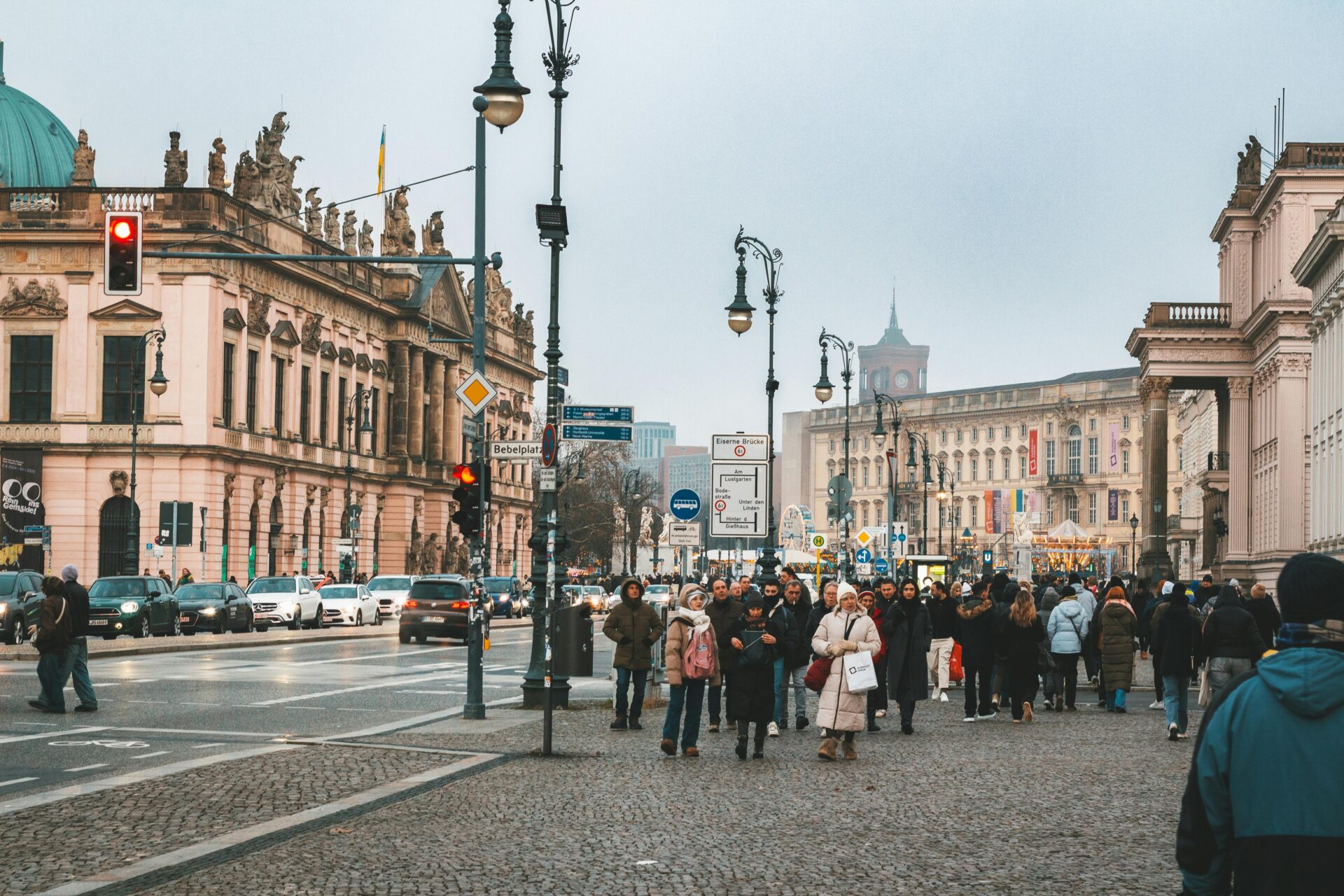
Nearby Landmarks and Points of Interest
The museum sits right in the middle of some of Berlin’s most iconic sights. Just next door, the magnificent Zeughaus stands tall—Berlin’s oldest baroque building—even if construction workers have currently wrapped it in scaffolding.
If you stroll along Unter den Linden, you’ll bump into the Berlin Cathedral before you know it. The Humboldt Forum and Museum Island are just around the corner, packed with world-class collections that never fail to amaze.
When I crossed the Spreebogen by the river, the sleek lines of the German Bundestag caught my eye in the distance. It’s a cool contrast, seeing old and new architecture side by side.
History buffs can hop on public transport and reach the Berlin Wall Memorial in about 15 minutes. The area’s got a little bit of everything—street cafés, statues with stories, and quirky bookstores—so you can fill your day with culture before or after a stop at the German Historical Museum.

